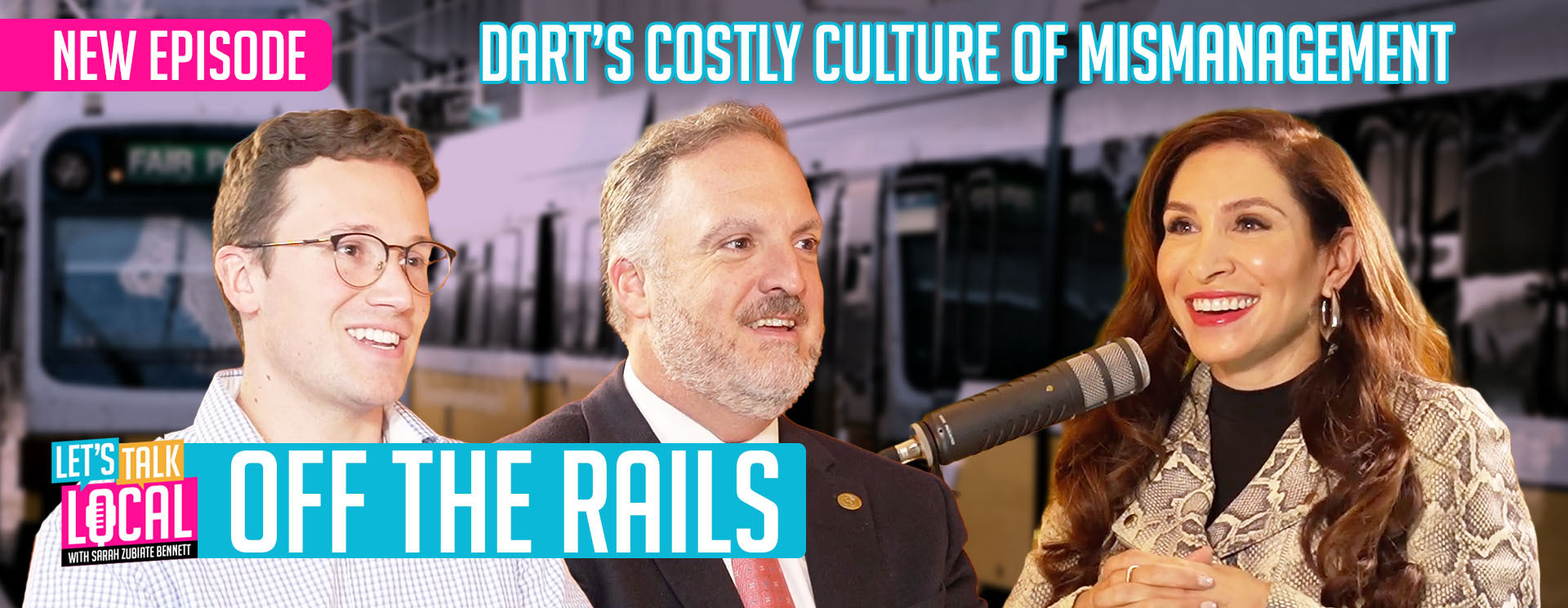Many Americans are confounded as to why their car insurance now costs them an arm and a leg to pay.
Motor vehicle insurance had one of the most significant year-over-year increases in 2023 relative to other inflation-sensitive indexes measured by the Bureau of Labor Statistics (BLS).
The latest BLS data shows that the average car insurance payment rose +20.3% over the past 12 months, with payments rising 1.5% in December following a 1.0% increase in November.
The primary reason for the rapid rise in auto insurance is apparently due to the surging cost of claims and the associated expenses related to those claims, according to Robert Passmore. He is the vice president of personal lines at the American Property Casualty Insurance Association (APCIA), a national trade group for home, auto, and business insurers.
It all comes down to “economics,” Passmore told The Dallas Express.
“We’ve gotten to the point where, over the last couple of years, the average cost for claims and expenses has been $1.02 for every dollar premium that personal auto insurance has taken in countrywide. So, [insurance companies] are losing money on every dollar,” Passmore said.
He explained that insurance companies are no different than other businesses. They must collect enough money each month to pay out customer claims, in addition to covering claim-related expenses, worker salaries, IT infrastructure upgrades, and more. After all that, insurers must book a reasonable profit if they plan to stay in business.
“So, what you’re seeing is companies trying to catch up to the losses, which have been piling up for a long time,” he told The Dallas Express.
While the rate of inflation has eased over the last year, that doesn’t mean insurance costs will come down. Instead, Passmore says it means they’re just “going up at a slower rate.”
“It’s not just that inflation has impacted insurance premiums. It’s that inflation has impacted the things that auto insurance pays for, particularly on the physical damage side,” he said.
For instance, due to inflation, Passmore says insurers are facing a 40% increase in the cost of motor vehicle parts and a 20% increase in motor vehicle repairs.
The complexity of modern vehicles also impacts the cost of auto insurance. Today’s cars have “all the bells and whistles” and are “increasingly more technologically sophisticated,” said Passmore. “Unfortunately, when there’s damage to these newer cars, it means they’re more expensive to repair.”
As an example, Passmore spoke about the 50% cost increase associated with repairing a modern windshield.
“It used to be that a windshield was a piece of glass, a rubber gasket, and some adhesive that could be fixed in your driveway or a parking lot at work. That’s not the case anymore,” he said. “Nowadays, there are cameras and sensors mounted to the windshield. So, not only do [repair shops] have to remove and remount those, or in some cases replace them, but they also have to make sure that all systems work as intended following the replacement.”
Increasing labor costs also help explain why insurance premiums have skyrocketed over the last year. As vehicles become more technologically advanced, they naturally require more training and specialty skills from technicians to repair, said Passmore.
When you add all these different factors up, it equals higher premiums for customers, he explained.
While auto insurance is unlikely to come down in 2024, Passmore said he believes prices will start to moderate as insurance revenue starts to balance out the financial losses.
“At that point, that’s where the competition will kick in,” he told The Dallas Express.
“Texas is a very competitive market. Therefore, if these insurance companies overshoot the mark, others will swoop in and take away their business,” he said.


